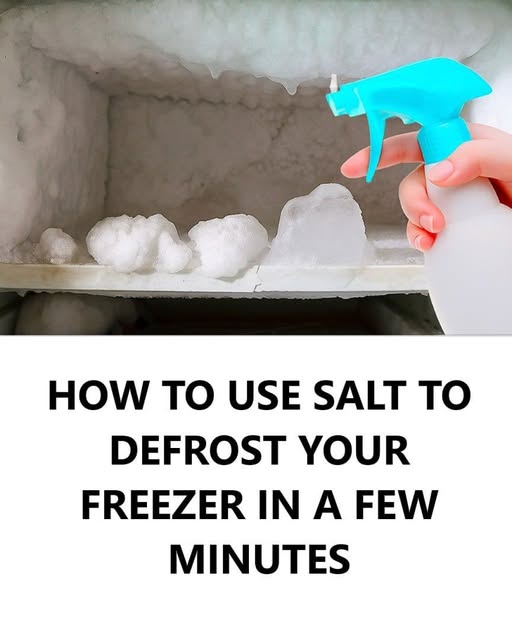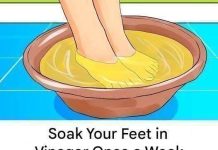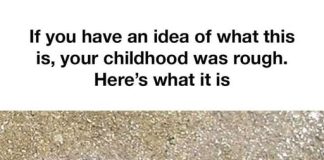Salt is more than a kitchen staple it’s a versatile and eco‑friendly cleaning ally throughout the home. Because it’s inexpensive, natural, and mildly abrasive, salt can tackle everything from grease stains to odors.
1. Scrubbing Greasy Pans and Cast Iron
Greasy cookware, especially cast-iron skillets, often resists soap and water. Salt’s coarse texture makes it ideal for cleaning these surfaces without damaging them. Simply sprinkle a generous layer of salt on a warm pan and scrub with a damp cloth or paper towel to lift grease and residue. Rinse, dry thoroughly, and reseason if needed. This method preserves the seasoning and extends the life of your cookware. For other stubborn stains or burnt-on food, a paste of salt, a splash of vinegar, and optionally some flour can work on pots, pans, or even metal sinks.
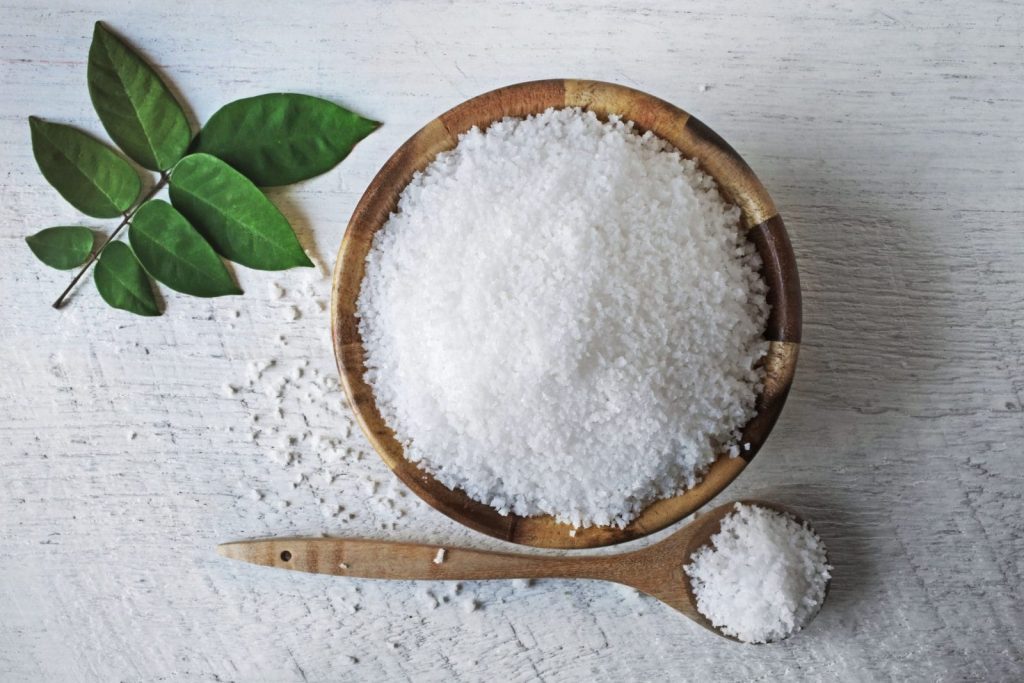
2. Deodorizing and Sanitizing Surfaces
Salt naturally absorbs moisture, neutralizes odors, and can inhibit microbial growth. It works wonders on cutting boards, garbage bins, shoes, and refrigerators. For wooden cutting boards, sprinkle salt across the surface and scrub using half a lemon, then rinse thoroughly—this cleans bacteria and removes lingering odors. To deodorize the fridge or garbage, place salt in a bowl (optionally with a few drops of essential oil), or wipe interior surfaces with a mixture of salt and soda water for cleaning and odor control.
3. Freshening Scrubbers and Keeping Drains Clear
A damp sponge or scrubber is a breeding ground for bacteria and smells—but salt can help. Soak sponges or brushes overnight in warm saltwater (about ½ cup salt per quart of warm water), then rinse well. This soak disinfects, neutralizes odor, and helps your scrubbers last longer. For drains and sink maintenance, dissolve ½ cup salt in nearly boiling water and pour it down the drain. Salt helps break down grease and naturally clean and deodorize pipes—repeat periodically for best results.
4. Stain Removal and Polishing Tasks
Salt is effective at removing various stains and polishing surfaces around the home:
- Coffee or tea stains in mugs: Combine salt and crushed ice or dish soap. Rub gently to scrub away the stain, then rinse
- Rust or tarnish on metal: Create a paste from salt, cream of tartar (or lemon juice), and water. Spread it on rusted areas or tarnished brass/copper, let dry in the sun, then brush and polish clean
- Water rings on wood: Mix vegetable oil and salt into a paste and apply to white cup rings or marks. Rub gently, then wipe off and buff until the ring fades.
- Carpet stains (like red wine or gravy): Cover fresh spills with salt to absorb moisture, then later vacuum. You can also apply a paste of salt and club soda or lemon juice to stubborn stains for natural bleaching action.
Why Salt Works So Well
Salt’s effectiveness is due to its physical abrasiveness and its hygroscopic nature—it draws moisture, inhibits microbial growth, and absorbs stains and odors. It also helps break down grease and food residue gently yet effectively. As a cleaning agent, it’s natural, inexpensive, and safe for most surfaces.
Quick Reference: Four Salt Cleaning Hacks
Task Salt Technique Benefits
Clean greasy pans Scrub warm pan with coarse salt Preserves seasoning, removes grease
Deodorize boards & fridge Salt + lemon or soda water rinse Sanitizes, freshens, removes odor
Clean sponges & drains Soak with salt / pour hot saltwater down drain Kindly disinfects, prevents clogs
Remove stains & polish metal Abrasive salt mixtures (with vinegar, oil, lemon) Lifts stains, restores shine
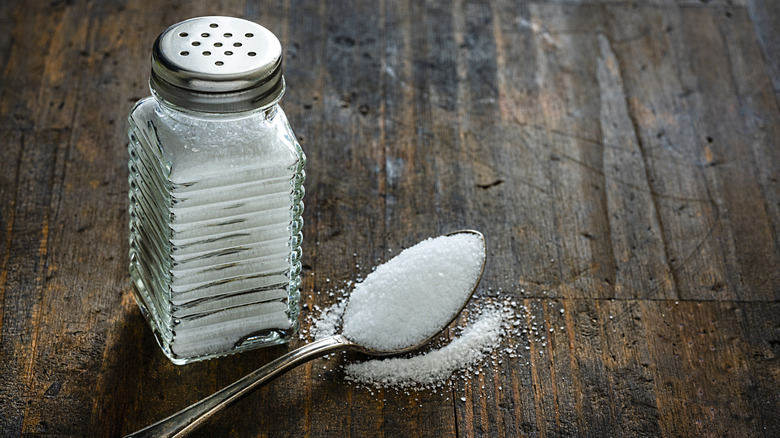
Final Thoughts
From kitchenware to carpets to drains, salt is a surprisingly effective, affordable, and eco-conscious cleaning solution. Whether you need to scrub, deodorize, sanitize, or polish, it’s often just in your spice rack. While it’s not a cure‑all for heavy-duty clogs or stubborn mold, as a natural first-line cleaner, salt often delivers results with minimal fuss.

